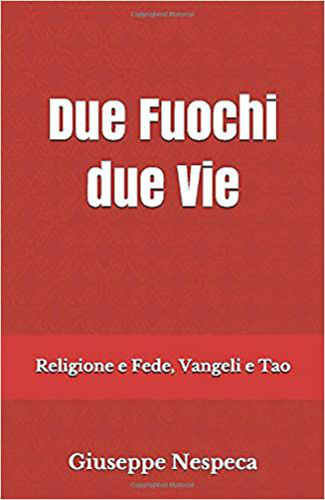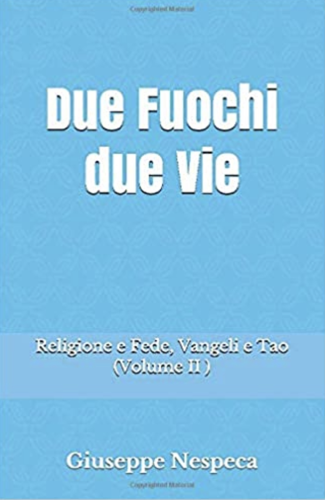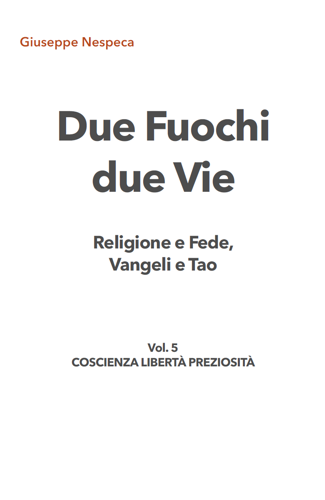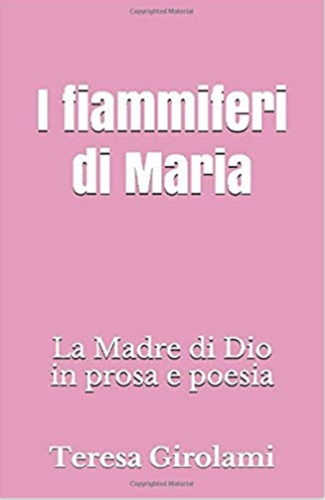Jesus focuses attention on recognizing the signs of the times, calling for discernment.
Francis, a man of God, was able to understand the signs he encountered on his journey of faith.
For example, when he renounced his paternal inheritance in the presence of the bishop and, stripping himself completely, returned to his earthly father even the clothes he had been wearing, he was later offered a peasant's poor cloak.
Francis' acumen is evident. The Sources narrate:
"He gratefully receiving it, of his own hand drew over it the sign of the cross, with a brick that came into his hand and formed with it a robe suitable for covering a crucified and half-naked man.
Thus, then, the servant of the Most High King was left naked so that he might follow the naked crucified Lord, the object of his love; thus he was fitted with a cross, so that he might entrust his soul to the wood of salvation, saving himself by the cross from the shipwreck of the world" (FF 1043).
And Francis himself became a sign for all humanity, which God wanted to use to lead many souls back to Him.
Indeed, "It remains [...] demonstrated that he was sent among us with the spirit and power of Elijah" (FF 1021).
And "he is symbolized in the figure of the angel who ascends from the East and bears within himself the seal of the living God" (FF 1022).
As a new man, at the beginning of the Letter to the Custodes he thus begins:
"To all the custodians of the Friars Minor to whom this letter will reach, Brother Francis, your servant and little one in the Lord God, wishes health with new signs of heaven and earth, signs that are great and extraordinary with the Lord and are instead held in no account by many religious and other men [...]" (FF 240).
But Francis is the creature marked with the Tau as God's witness:
"Enjoying the company of the Father, Brother Pacifico began to experience sweetnesses, which he had not yet experienced.
In fact, he was able another time to see what remained hidden from others: shortly after, he discerned on Francis' forehead a great sign of Thau*, which adorned with multicolored circlets, presented the beauty of the peacock" (FF 694).
We are called, thinking of the Poor Man of Assisi, to reflect on the sign of the times that the Saint represents.
* Tau is the last letter of the Hebrew alphabet. He who bears such a sign on his forehead has already submitted his actions to the power of the cross.
The letter Tau is also found as Francis' signature at the bottom of his letter to Brother Leo.
"Theaters! The appearance of earth and heaven you know how to discern, but this time how do you not know how to discern?" (Lk 12:56).
Friday, 29th wk. in O.T. (Lk 12:54-59)












